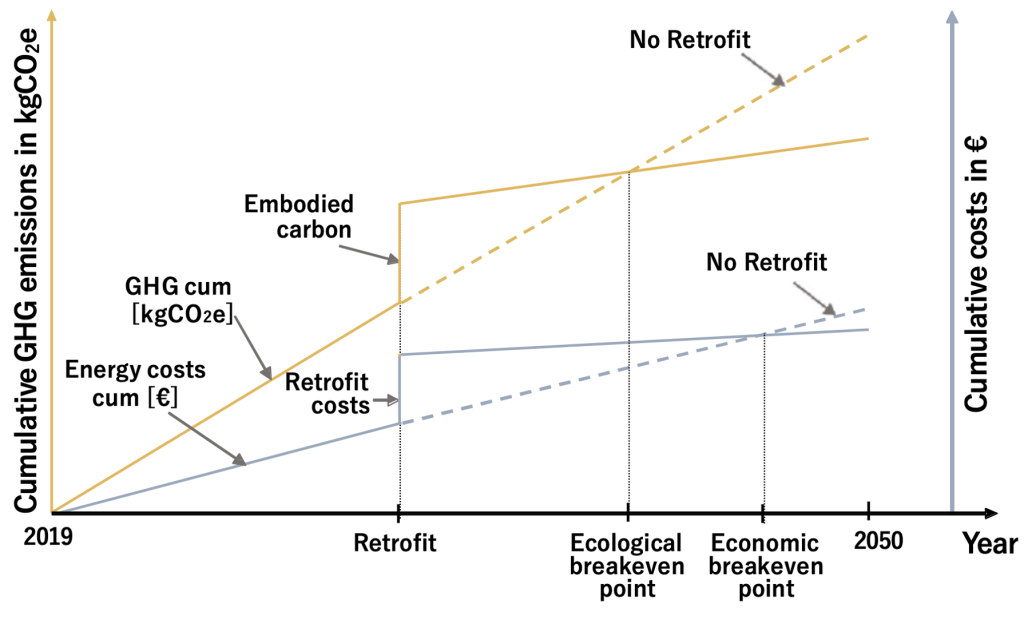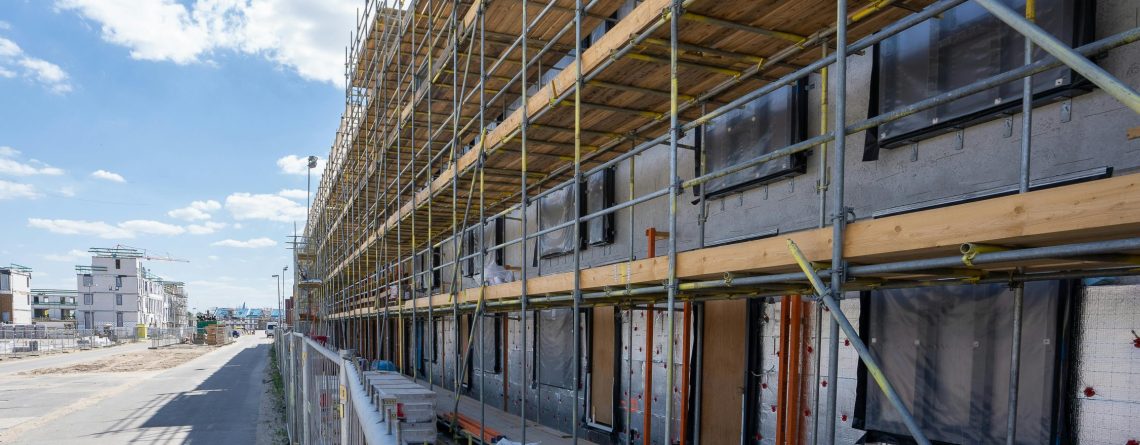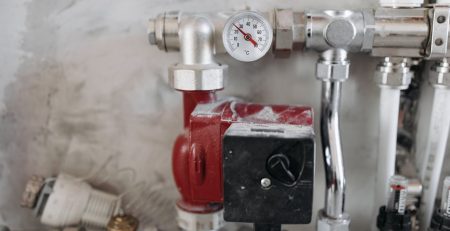Integrating Carbon Payback in Energy Audits
Rethinking Energy Efficiency
The traditional scope of energy audits, which predominantly targets operational savings and Return on Investment (ROI), is evolving to encompass a vital factor: carbon payback. This shift reflects a broader industry movement towards comprehensive assessments that prioritize environmental impact across all project types, not just retrofitting. It underscores the importance of evaluating carbon emissions in conjunction with energy and cost savings in both new implementations and existing system upgrades.
This expanded approach advocates for a holistic evaluation of projects, considering long-term environmental benefits and the carbon footprint reduction potential. It encourages engineers and architects to design and implement solutions that are not only economically viable but also environmentally responsible. By incorporating carbon payback calculations into energy audits, the industry can provide a more detailed and sustainable analysis, guiding decisions that align with global decarbonization goals and contribute to a more sustainable future.
Understanding Carbon Payback vs. ROI
While ROI focuses on the financial returns from energy efficiency improvements, carbon payback provides a measure of the environmental impact, specifically the time it takes for a project to neutralize its embodied carbon through operational carbon savings. This dual perspective ensures that retrofit decisions are evaluated both for their economic and ecological impacts.
Carbon Payback
Carbon Payback is the period it takes for the carbon emissions saved by an energy retrofit project to equal the amount of carbon emitted during the project’s implementation. The formula for calculating carbon payback is:
- Embodied Carbon of Retrofit (kg CO2e): The total carbon emissions associated with the materials and processes involved in executing the retrofit project.
- Annual Operational Carbon Savings (kg CO2e/year): The amount of carbon emissions reduced each year due to the energy savings achieved by the retrofit.

Return on Investment (ROI)
ROI measures the financial return on an investment relative to its cost. It is expressed as a percentage and calculated using the formula:

- Annual Cost Savings: The yearly reduction in energy costs resulting from the retrofit.
- Annual Operational Costs: Ongoing costs associated with the operation of the new systems or technologies implemented in the retrofit.
- Total Investment Cost: The total upfront expenditure required to carry out the retrofit project.
Integrating Carbon Payback in Energy Projects
Incorporating carbon payback into energy audits signifies a crucial evolution in engineering practices, extending beyond retrofitting to encompass various project types, including system upgrades for lighting, HVAC, and more. BAARCH’s commitment to sustainable practices is exemplified by analyzing carbon payback across these projects, aligning with long-term sustainability goals. This approach not only optimizes operational efficiencies but also ensures that each project, whether it involves minor upgrades or major overhauls, contributes to the broader objective of achieving carbon neutrality.

Cumulative GHG emissions, energy costs, and breakeven points of retrofit measures including embodied carbon and retrofit costs (in kg/CO2e and EUR) – CRREM initiative/IIÖ (Embodied Carbon of Retrofits. Ensuring the Ecological Payback of Energetic Retrofits, 2023)
Resiliency and Sobriety: Beyond Energy Savings
Emphasizing resiliency and sobriety in energy use highlights the significance of adopting low or no-cost strategies that yield substantial carbon and energy savings. This approach underscores the potential for achieving significant environmental benefits through mindful optimization of existing systems and behaviors, without necessarily incurring high costs.
Engineering a Sustainable Path Forward
The integration of carbon payback into energy audits embodies the evolving landscape of engineering services, where the focus extends beyond immediate financial gains to encompass long-term environmental stewardship. This transformation is crucial for engineering firms like BAARCH, which are at the forefront of driving sustainable practices in the industry, ensuring that their projects contribute effectively to global decarbonization efforts.








